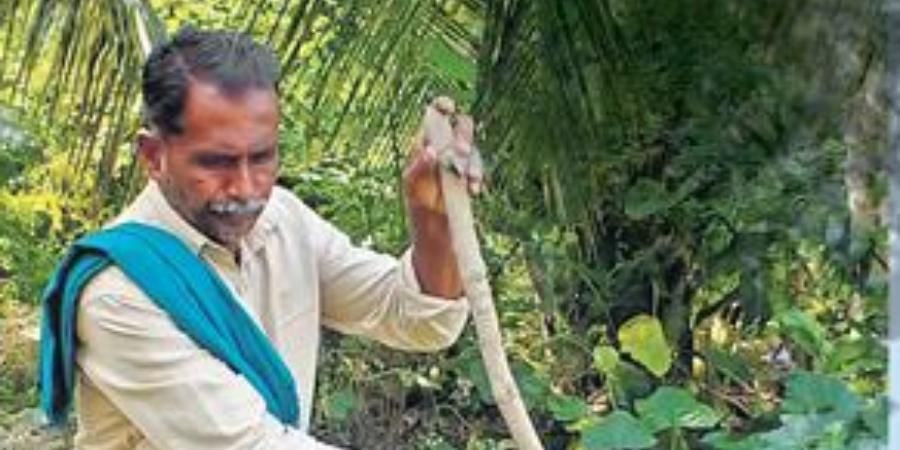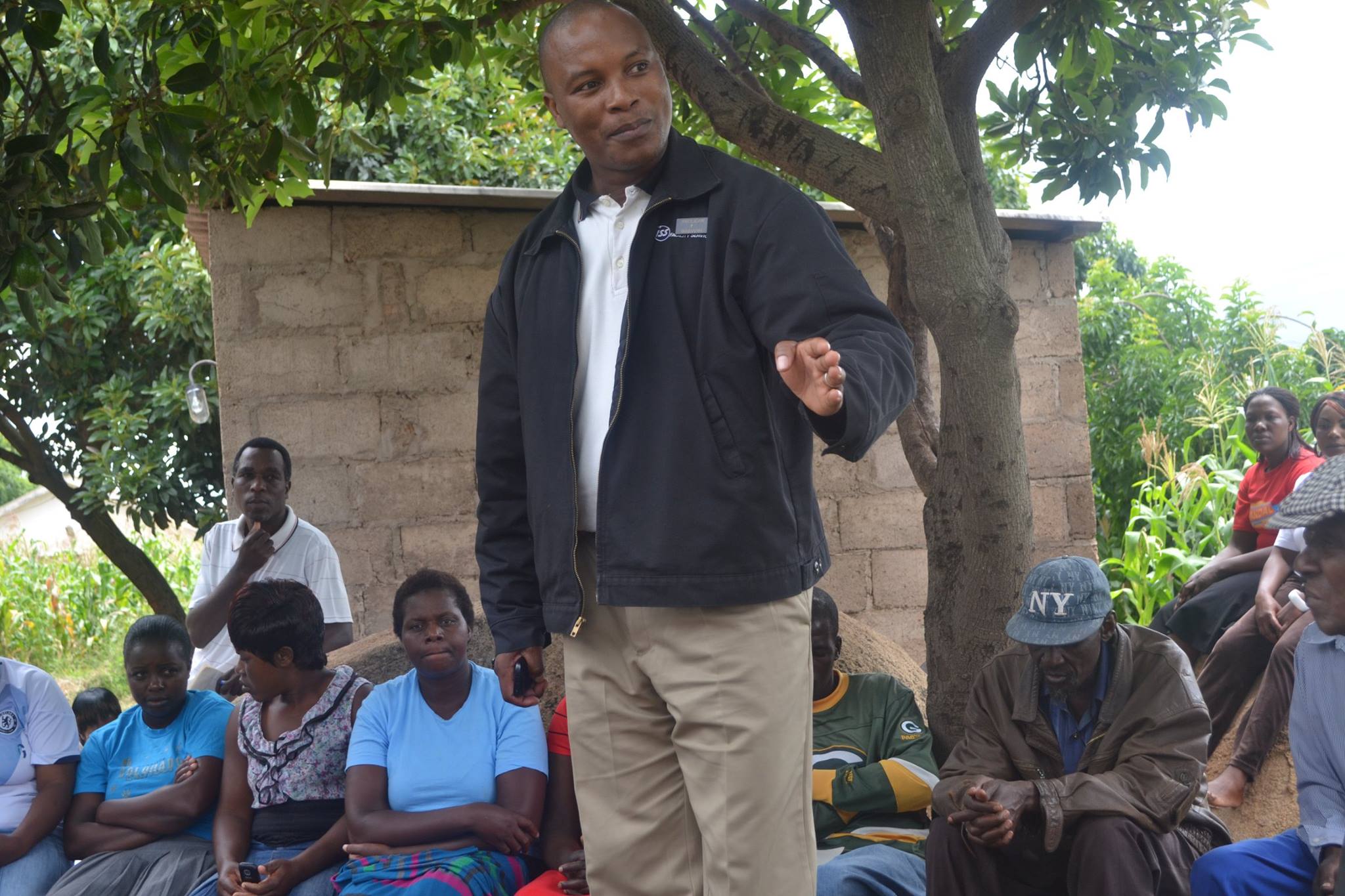By K Rathna (Express News Service)
MYSURU: 50-year-old farmer in a village in Karnataka has shown, like Japanese farmer Masanobu Fukuoka before him, that from “nothingness” can emerge beautiful forests and farms. Krishnappa Dasappa Gowda’s farm in Bannur village, T Narasipur taluk, looks less like a typical agricultural field, and more like a forest in all its wild glory.
He cultivates everything from teak and mango, to coffee, turmeric, ginger to paddy and sugarcane, using the technique of natural farming in his five acres of land, which he first encountered in 2005 when he met Maharashtrian farmer Subhash Palekar.
He started experimenting with natural farming on one acre of land in 2005. One year of perseverance under Palekar’s guidance paid off and in the next two years, he switched over to natural farming completely. The result was a five-layered forest-like five-acre farm in which vegetation of different heights (tall, medium, short, bushes, creepers) grew amid with each canopy getting adequate sunlight.
“Agriculture is a science. Just think about who waters trees and supplies fertilisers in a forest. The trees are healthier and produce a good quantity of fruits and it happens naturally. We have adopted the same laws of nature in Zero Budget Natural Farming (ZNBF),” says Krishnappa. Natural farming is a technique developed by the Japanese farmer Masanobu Fukuoka, says Krishnappa Gowda. Fukuoka, who believed that humans should not interfere with nature, applied the concept of “Mu” (a Japanese word meaning nothingness) to agriculture and advocated that crops be allowed to grow naturally with no interference.
Palekar modified this technique to Indian climatic conditions and formulated an inter-cropping, and multi-layering technique and began to propagate it, says Krishnappa. In Krishnappa’s experience, natural farming is both economically viable and environment-friendly. “Most agriculturists face labour issues. Natural farming can be done with less labour and investment. We need 10% of the labour required otherwise. Earnings can come from inter-cropping,” he says.
Popularly known as Bannur Krishnappa, he says one acre of land can fetch a farmer around Rs 3-4 lakh a year, provided native seed varieties are used, plants are selected based on rooting patterns, and are grown in a five-layer system. The demand for such crops is evident from the number of outlets that advertise organic/naturally grown produce. “This shows people prefer healthy foods. The government should chalk out programmes to promote natural farming,” he says.
ZBNF can restore soil fertility which gets degraded due to chemical fertiliser and pesticide, he says. “Zero budget natural farming was created by studying forests, which naturally look healthier. Farmers should practise ZBNF to restore soil nutrients, and grow healthy food for society,” he says. Most Sundays, you would find him conducting awareness programmes on the subject or taking visitors on a tour of his farm. A proud Krishnappa says, “I have completed SSLC and I feel good that I am teaching foreigners about Palekar’s natural farming.”
H Chethan, a visitor from Bengaluru, says he plans to develop a two-acre farm with this method. “Krishnappa’s farm is inspiring and educational. His introduction to the local variety of crops and conservation of seeds is very helpful. Without much investment, we can get a good yield and profit. If this method is followed, farmers will not face losses.”
In Krishnappa’s opinion, ZBNF can address economic non-viability of agriculture and the debt and despair that stem from it. “Farmers are quitting agriculture. If they practise inter-cropping through ZBNF, there will be no losses and they can overcome agriculture-related problems. Farmer suicides can also be prevented,” he says. Krishnappa can be contacted at 9880587545.
Krishnappa preparing Jeevamrutha which helps to increase the microorganisms in the soil.
Jeevamrutha: Microbial culture that increases activity of microorganisms and earthworms in the soil, therefore improving soil nutrients. Made with cow dung, cow urine, water, jaggery, pulse flour
Beejamrutham: Treating seeds to improve growth and protect from disease. Mulching: (Layer on soil used to retain soil moisture, prevents weed growth etc), Can be done through mixed cropping
While both are chemical-free, a major difference between organic farming and natural farming is that while the former uses bio-fertiliser or bio-pesticide, the latter involves the use of material from within the farm itself (such as microbes and earthworms) to nourish crops.
SOURCE: THE NEW INDIAN EXP[RESS






